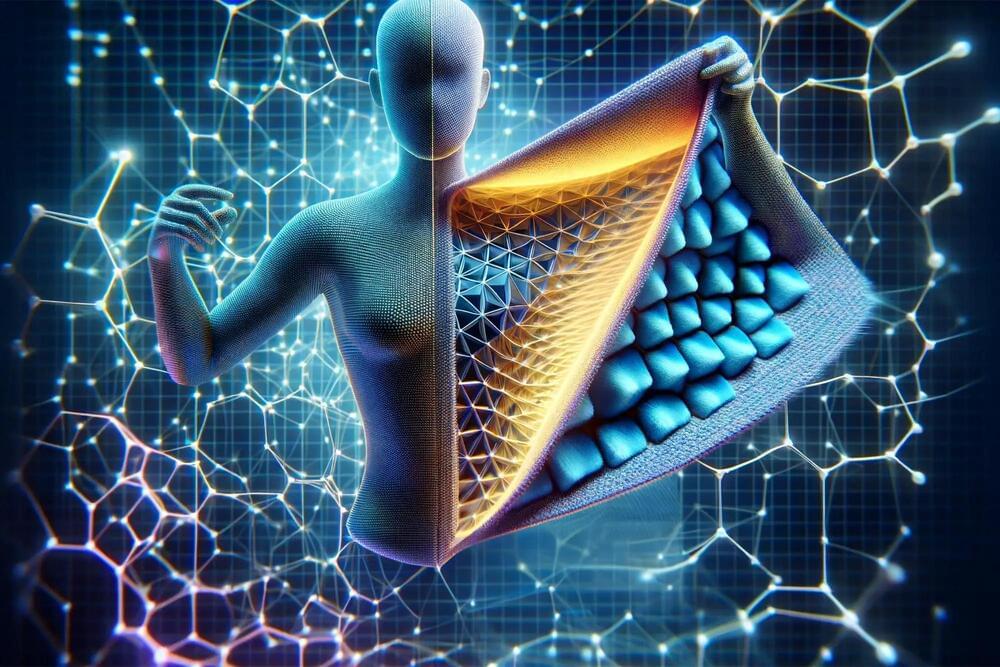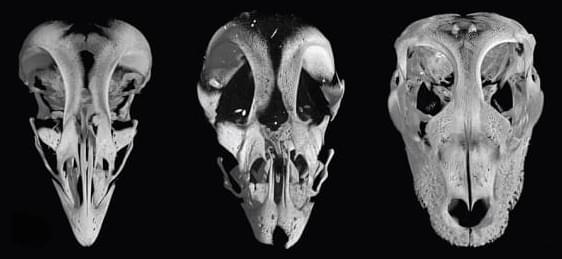Harnessing and controlling light plays a pivotal role in technological advancement, impacting energy harvesting, computation, communications, and biomedical sensing. Nevertheless, in real-world scenarios, the intricate behavior of light presents challenges for efficient control.
Physicist Andrea Alù draws a parallel between the behavior of light in chaotic systems and a game of billiards, where slight variations in the cue ball’s launch result in different ball trajectories on the table.
“In billiards, tiny variations in the way you launch the cue ball will lead to different patterns of the balls bouncing around the table,” said Alù, Einstein Professor of Physics at the CUNY Graduate Center, founding director of the Photonics Initiative at the CUNY Advanced Science Research Center and distinguished professor at CUNY. “Light rays operate in a similar way in a chaotic cavity. It becomes difficult to model to predict what will happen because you could run an experiment many times with similar settings, and you’ll get a different response every time.”







